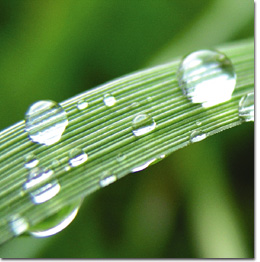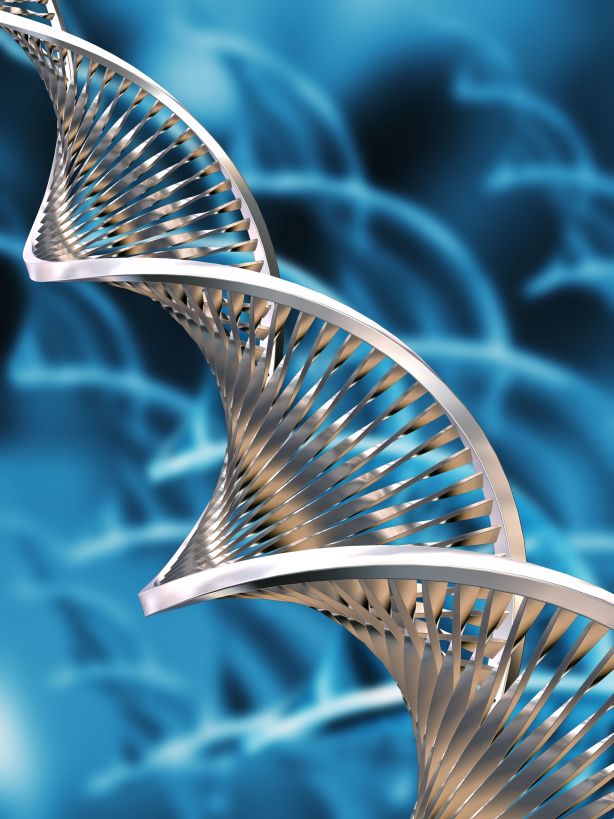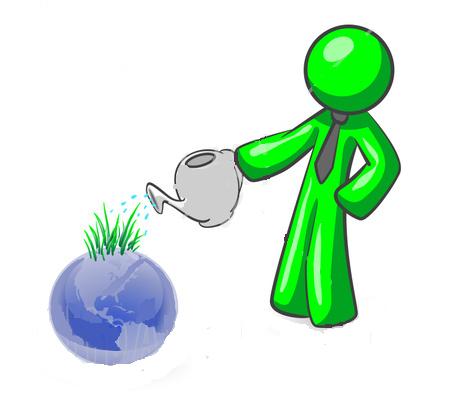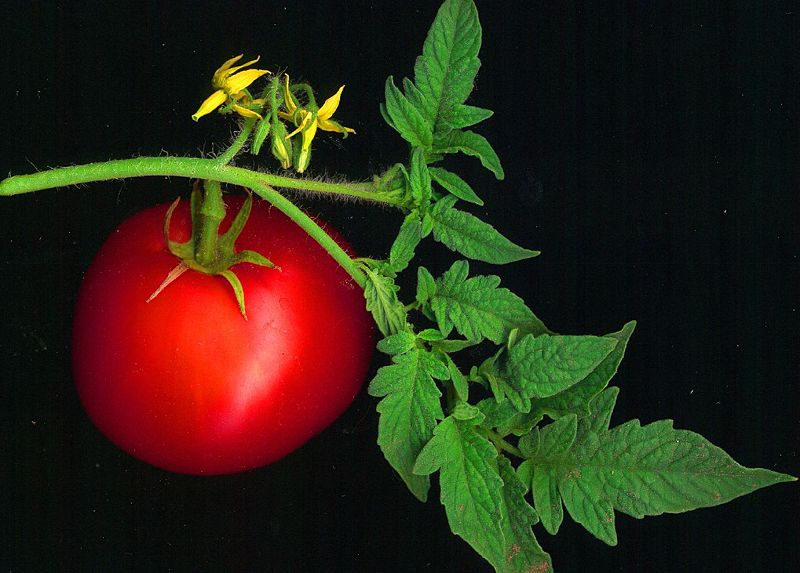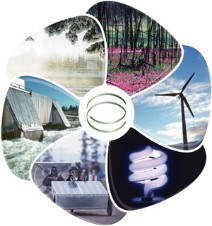Human Health: Most of the microbes in our body live in our intestine. These microorganisms extract the nutrients and calories from indigestible components in our food and make essential vitamins and amino acids. Some bacteria also help us detoxify harmful chemicals contained in the food that we eat. This relationship that we have with microbes living in our body helps protect us from getting diseases while giving microbes a place to live.(4)
Environment: Microbial communities are very crucial in cleaning up a variety of both natural and human-made hazardous substances. They transform deadly chemicals into forms that are less harmful to both the people and the environment. An example would be how the microbial community keeps groundwater drinkable. Since about every gas station in the U.S. has 3 or more underground storage tanks from which it dispenses gasoline, many of them would either be currently leaking or will leak some time in the future. The releasing of gasoline into the soil can potentially contaminate groundwater and be harmful to our population because 50% of the U.S. population relies on groundwater as a source of drinking water. Luckily, we have our microbial community to take care of that problem. They do so by using nitrate for energy and begin transforming the gasoline until it only contains the mixture of carbon dioxide and water.(6)
Agriculture: Certain bacteria have the ability to convert atmospheric nitrogen into ammonia. Ammonia is used by both plants and animals. Other bacteria convert elements such as iron and manganese to forms used for plant nutrition. If these microbes are to disappear then plants are prone to infection and disease. This is because the microbes living in the soil are protecting plants from infectious diseases.(7)
Renewable Energy: An emerging energy source is cellulosic ethanol(grain alcohol) made from the cellulose found in common agricultural wastes as corn fiber, corn stalks, wheat straw, and other biomass such as switchgrass and miscanthus. But the process that converts cellulose from agricultural waste into useable ethanol depends on the microbial communities. In this process, microorganisms start off by working together to transform cellulose from agricultural wastes into sugars. Then the sugars are fermented with the works of microbes and all together produce ethanol.(8)
|
Global Impact: Through the process of photosynthesis, bacteria and plants use carbon from the atmosphere and turn it into a useable substance that can be beneficial to other life forms. The bacterium used in this process is called photosynthetic bacteria. Photosynthetic bacteria remove carbon dioxide from the atmosphere and lessen the effects of the release of carbon dioxide and other greenhouse gases.(3)
Life Sciences: By deciphering how microbial communities function, it can answer questions about microbial, plant, and animal biology. This can significantly enhance our understanding of ecology and evolution in the microbial community.(5)
Biotechnology: By discovering the diverse functions of microbial communities we can use them to our advantage. By taking advantage of the different abilities of microbial communities this can lead to the development of beneficial industrial, food, and health products.(5)
Biodefense and Microbial Forensics: By studying the DNA and biochemical fingerprints of microbial communities, it helps specialists monitor known and potential pathogens. It also helps with the creation of more effective vaccines and treatments against potential harmful bacteria/viruses and can also reconstruct events in which microbes have played a role.(5)
|

